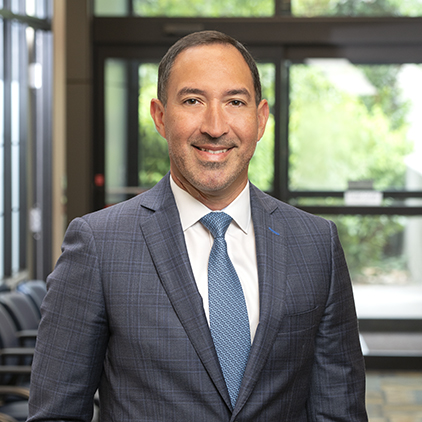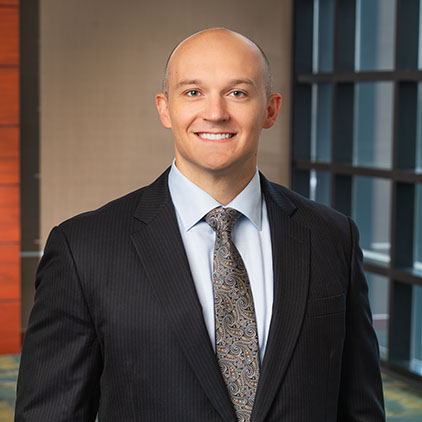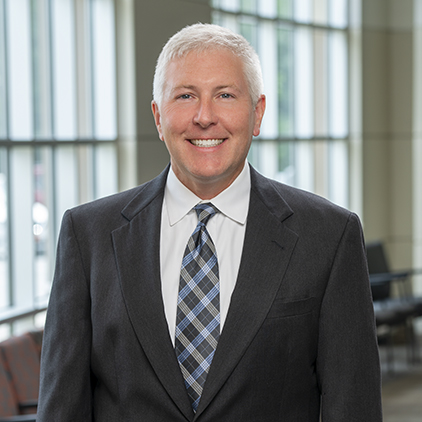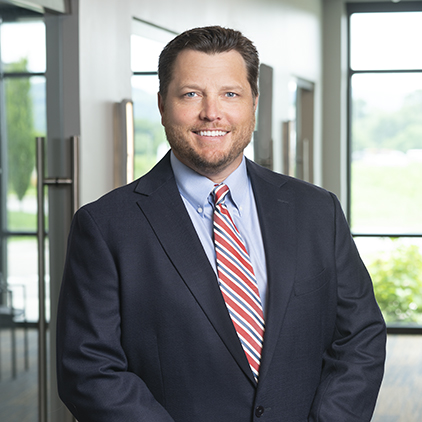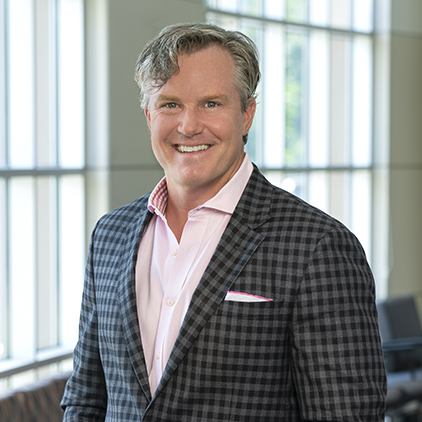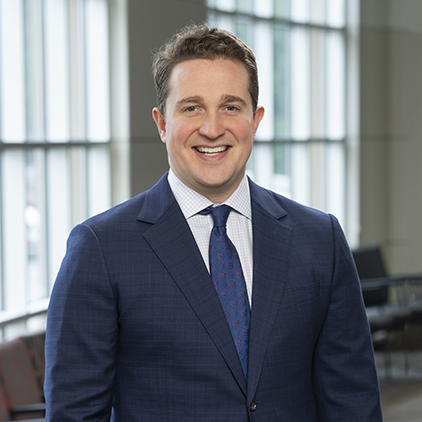Our doctors offer a superior quality of diagnostic proficiency and, when needed, an unmatched level of surgical expertise.
Traumatic injuries to the musculoskeletal system are unique and require immediate care and treatment. Our orthopaedic trauma specialists have extensive experience in caring for patients with complicated traumatic injuries affecting the body’s bones, joints, muscles and ligaments stemming from accidents, falls, sports or other high-impact incidents.
Our fellowship-trained sports medicine specialists possess the advanced level of experience and expertise to best treat sports injuries from the common to the complex. Athletes of all ages and skill levels have returned to their sports safely, with a renewed confidence in their ability to compete. Our team of orthopaedic specialists is on hand to provide you with the most comprehensive care available.
The spine functions as your foundation for mobility and strength. It also protects the vital lines of the body’s internal communication: the nerves and spinal cord. Our experienced spine and neck specialists can perform delicate and complex spinal surgery or provide non-operative treatment, including comprehensive therapy and rehabilitation programs. Many orthopaedic problems can be relieved without surgery. We emphasize holistic care as we strive to minimize medication and maximize rehabilitative approaches.
Of the major joints in the human body, the shoulder may be the most at risk for injury. The treatment and restoration of upper extremity function requires a thorough knowledge of the complexities of the shoulder joint. Our shoulder specialists have an advanced level of diagnostic and surgical expertise in shoulder issues, such as rotator cuff injuries and procedures such as shoulder replacement surgery.
The elbow is a complex joint that coordinates the movement of the three large bones of the upper extremities. When these vulnerable joints are injured, lifestyles suffer. Our elbow specialists offer thorough knowledge and experience to restore your elbow function.
Also called Physical Medicine and Rehabilitation (PM&R), physiatry is a medical specialty that emphasizes the prevention, diagnosis, treatment and rehabilitation of people impaired or disabled by disease, disorder or injury – aiming to restore functional ability and enhance quality of life. PM&R physicians or physiatrists are specialized providers with expertise in developing a comprehensive treatment plan to help patients manage pain and improve mobility.
Orthopaedic oncology is a specialized field of medicine involving the evaluation, diagnosis and treatment of tumors and cancers that affect the body’s bones, cartilage, fibrous tissues, muscles, nervous tissues, soft tissues and vessels. Our specialists can treat these tumors and cancers including sarcomas and metastatic bone disease.
Our knee specialists can provide non-surgical treatment of knee issues as well as surgery when routine activities become impossible. There are a wide variety of treatment options available for those living with knee pain, ranging from simple ice or heat therapy and injections to total knee replacement surgery. Our joint replacement specialists can help restore you to an active and pain-free lifestyle with minimal invasion and optimal care.
When certain joints are damaged or fail due to injury, arthritis or other issue, they can be surgically replaced by an artificial joint. We offer joint replacement surgery for the ankle, hip, knee and shoulder to help patients regain function and reduce pain. Our specialists can determine if you are a candidate for a joint replacement surgery at one of our freestanding orthopaedic ambulatory surgery centers or otherwise.
In addition, joint revision procedures are performed on joints that were previously replaced. Revisions may be needed if your artificial or prosthetic joint is at the end of its normal lifespan; there has been additional trauma or infection; you’re not experiencing the desired results; or other reasons determined by your orthopaedist.
You depend on the joints in your hips to work properly and painlessly. Our hip specialists can provide non-surgical treatment of hip issues such as therapy, exercise and medication, as well as surgery options such as hip replacement when routine activities become impossible. Our joint replacement specialists can help restore you to an active and pain-free lifestyle with minimal invasion and optimal care.
Our knee specialists can provide non-surgical treatment of knee issues as well as surgery when routine activities become impossible. There are a wide variety of treatment options available for those living with knee pain, ranging from simple ice or heat therapy and injections to total knee replacement surgery. Our joint replacement specialists can help restore you to an active and pain-free lifestyle with minimal invasion and optimal care.
Our hand and wrist specialists can treat your condition with expertise and care. We treat a spectrum of hand problems, from old or new trauma or injuries, arthritic conditions, congenital abnormalities, nerve compression disorders such as carpal tunnel syndrome, abnormal growths and more.
Orthopaedics focuses on injuries and diseases of the bones, joints, nerves and muscles and a supporting cast of connectors that help your body move. Our physicians and advanced practitioners offer a superior quality of diagnostic proficiency and, if needed, an unmatched level of surgical expertise for your orthopaedic issues.
The foot and ankle are the body’s foundation. We have foot and ankle experts who understand the intricate and complex structures and treat conditions ranging from sprains and fractures to more complex issues that require reconstructive surgical care.
Orthopaedic Spine Surgeons
OrthoTennessee's board-certified, fellowship-trained spine surgeons.
Non-Surgical Spine Physicians
Physiatrists (Physical Medicine and Rehabilitation Physicians) diagnose and treat spine, musculoskeletal and peripheral nerve disorders and injuries.
Orthopaedic Sports Medicine Surgeons
OrthoTennessee's board-certified, fellowship-trained sports medicine surgeons.
Non-Surgical Sports Medicine Physicians
Primary care sports medicine physicians.
Offering
Not sure which physician is the best fit for you? Pick a convenient location and call today to be matched for an appointment.




